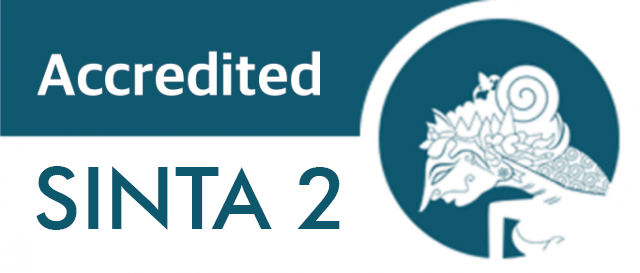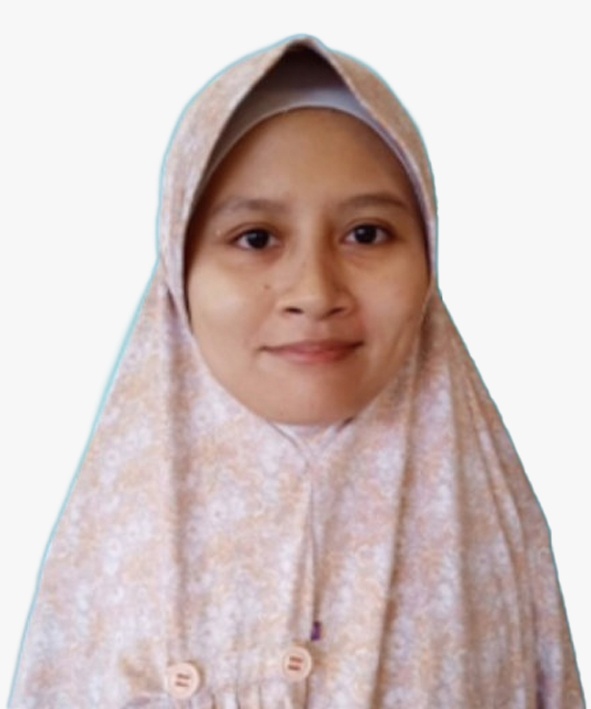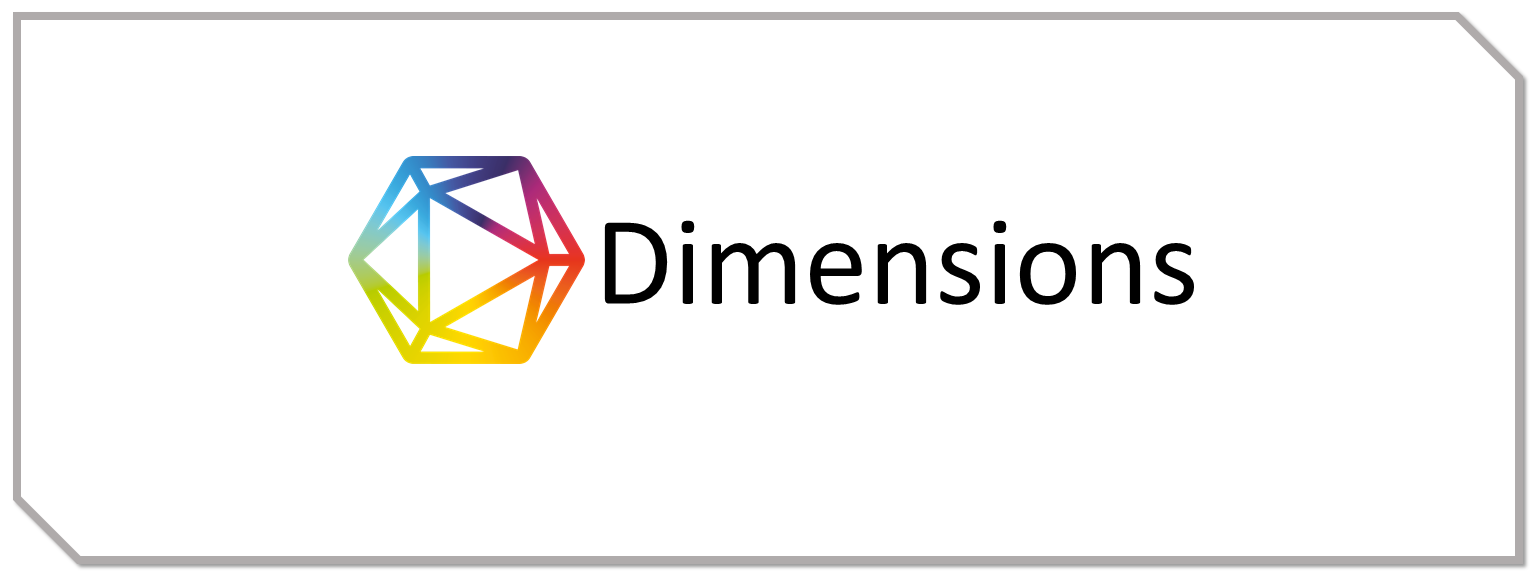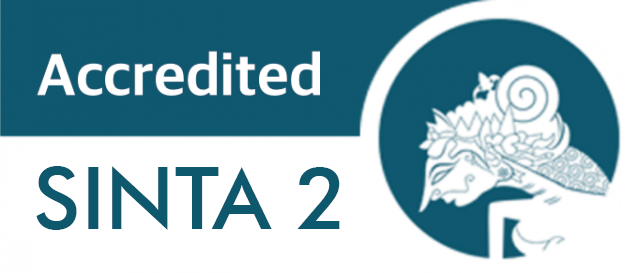Implementing the Emotional Openness Model through Inclusive Staging: A Therapeutic Approach for Children with Disabilities
Introduction: This study explores the utilization of the emotional openness model through the inclusion stage as an innovative therapeutic approach to enhance emotional expression in children with disabilities. This therapeutic approach is designed to provide a platform for emotional expression and social interaction through the performance “I Love the Sea.” Methods: include participatory observation, interviews, and analysis to assess the impact of the stage therapy program on the emotional openness of the children. Results: indicate significant improvements in positive emotional expression, enhanced interpersonal communication skills, and increased self-confidence among the participants. The study demonstrates that the inclusion stage approach serves as a therapeutic medium, creating a space for children with disabilities to express themselves creatively and foster more open social relationships. Conclusion: the implementation of the emotional openness model through the inclusion stage offers an innovative and inclusive solution to strengthen the emotional aspects of children with disabilities, supporting active interaction and enhancing their social integration.
Introductions
Children with disabilities experience physical, mental, intellectual, or sensory limitations that hinder their full and effective participation in their environment or community[1]. Kustawa argues that children with disabilities who have significantly below-average intelligence, coupled with adaptive behavior impairments, exhibit these challenges during their developmental period[2]. In social environments, children with disabilities are more likely to be bullied and harassed, and they often experience limited communication and interaction with others[3]. Additionally, families with members who have disabilities frequently feel discomfort due to their "abnormalities," leading to a sense of burden. Consequently, they tend to restrict the activities of these family members, confining them primarily to the home[4].
Children with disabilities can experience social exclusion and negative social stereotypes. Various social factors also contribute to the isolation of these children, potentially increasing their stress levels and lowering their self-esteem[5]. This condition aligns with the statement that individuals with disabilities often face negative perceptions from their surroundings, such as stigma and discriminatory behavior[6]. This condition certainly affects the emotions and character of children, highlighting the importance of the role of parents and close individuals in fostering emotional openness in children with disabilities. Parents play a crucial role in stimulating the adjustment of children with disabilities and ensuring their acceptance by others[7].
A warm, open, and communicative relationship between parents and children, with appropriate boundaries based on age and clear explanations of prohibited behaviors, can lead to increased self-confidence and improved social performance in children[8]. Collaboration between parents and teachers serves as a method to optimize the development of children with special needs. The practical implications include applying this model within the context of inclusive education to broaden its positive impact[9]. Parental involvement in a child's education can influence the child's response to the lessons taught; for example, the more positively parents demonstrate towards knowledge, the better the child will respond to it.[10]. Parents need to understand that children with disabilities can experience optimal growth when supported by well-planned and systematic interventions, alongside parental confidence[11]. Communication within the family environment plays a crucial role in the development and formation of a child's character. Parents are obligated to communicate their thoughts and feelings to their children. While communication is generally perceived as straightforward, communication breakdowns often occur due to various barriers. These barriers stem from factors such as the communicator, the medium used, or the recipient. This is especially evident in communication between parents and children with disabilities[12].
In promoting emotional openness in children with disabilities, engaging creativity and interacting with others are essential. Creativity stems from the tendency to self-actualize, realize
potential, and strive for maturity, thereby activating all abilities within oneself, with nature, and with others. Essentially, creativity entails everyday activities as individual or group endeavors within societal contexts[13]. Internal and external factors are major triggers influencing the motivation of individuals with disabilities. Internal factors are those originating from within the individual, representing innate drives. Each individual possesses intrinsic motivation, governed by their own internal management system. Meanwhile, external factors derive from outside the individual, such as influences from close individuals, their environment, or family[14].
Emotional openness plays a crucial role in the social and psychological development of children, particularly those with disabilities. Research by Houle et al. highlights that the mental organization of self-defining memories significantly contributes to emotional openness[15]. Additionally, studies by Bibikova emphasize the identification of socio-psychological problems in families with children with disabilities, underlining the importance of providing social and psychological assistance to address emotional burnout among parents[16]. Furthermore, the work of Fahrutdinova et al. stresses the need for creating accessible environments and inclusive educational settings for children with disabilities to support their social integration and development[17]. Understanding and promoting emotional openness in children with disabilities can lead to improved well-being, enhanced social interactions, and better overall psychological adjustment.
Emotional openness is a crucial aspect in the social and psychological development of children, particularly those with disabilities. Amid efforts to enhance social inclusion for children with disabilities, it is important to understand and develop models of emotional openness that support their emotional growth. The use of learning strategies for children with disabilities includes deductive, inductive, heuristic, expository, classical, group, individual, cooperative, and behavioral modification strategies. Implementing principles for children with disabilities should be supported by the development of learning, including character development, as it can effectively instill moral values. Education for children with disabilities is essential for societal continuity, as it enables them to interact with others and be treated similarly to typical individuals in society[18].
Based on the explanation above, this study aims to analyze the emotional openness model through inclusive stage as a specific therapeutic approach for children with disabilities. Physical or cognitive limitations often hinder children with disabilities from expressing and understanding their emotions effectively. Involving children with disabilities in inclusive stage experiences can be an innovative and effective means to facilitate emotional openness. The inclusive stage not only creates an environment that supports diversity but also provides a space for children with disabilities to engage in emotional expression through performing arts. This research explores the interaction between children with disabilities, artists, and non-disabled children to identify strategies and techniques that can enhance emotional openness. The study not only
Haslinda. metode pembinaan anak disabilitas dalam meningkat kan aksesibilitas sosial. UIN Alauddin Makasar, 2019.
SARI SFM, BINAHAYATI, TAFTAZANI BM. PENDIDIKAN BAGI ANAK TUNA GRAHITA (STUDI KASUS TUNAGRAHITA SEDANG DI SLB N PURWAKARTA). Pros Penelit Pengabdi Kpd Masy 2017;4:129–389. https://doi.org/https://doi.org/10.24198/jppm.v4i2.14273.
Palmer S, Et.al. Supporting the Social Wellbeing of Children and Youth with Disabilities, Impact. Amerika Serikat: University Of Minnesota; 2011.
Amaliah LH. Dari Disabilitas Pembangunan Menuju Pembangunan Disabilitas. Cetakan I. Jakarta: Beebooks Publishing; 2016.
Arindayan TZ, Dewi Retno Sumina. Stimulasi psikososial untuk mendukung pengelolaan emosi anak kebutuhan khusus. BERAJAH J J Pembelajaran Dan Pengemb Diri 2022;2:87–97. https://doi.org/10.47353/bj.v2i1.59.
Dayanti F, Pribadi F. Dukungan Sosial Keluarga Penyandang Disabilitas dalam Keterbukaan AksesPendidikan. SOSIOHUMANIORAJurnal Ilm Ilmu Sos Dan Hum 2022;8:46–53. https://doi.org/https://doi.org/10.30738/sosio.v8i1.11481.
Sugihartatik, Pertiwi EP, Ariyanto D. Pentingnya peranan orang tua dalam meningkatkan penyesuaian diri anak disabilitas laras di sdn kebonsari v jember. SPEED J Spec Educ 2023;6:17–24. https://doi.org/https://doi.org/10.31537/speed.v6i2.805.
Mahasandha GNB, Suardana I wayan, Julianto INL. MEDIA KAMPANYE PENTINGNYA PERAN ORANG TUA TERHADAP. Inst Seni Indones Denpasar 2022:1–8.
Sidabutar D, Manik SM, Turnip H. KOLABORASI ORANG TUA DAN GURU DALAM MENINGKATKAN KEMAMPUAN ANAK TUNAGRAHITA.Pediaqu:JurnalPendidikanSosialdanHumaniora 2023;2:12505–10.
Ramadani A, Redjeki E, Mutadzakir A. KEMITRAAN ORANGTUA DAN LEMBAGA PENDIDIKAN DALAM PENGASUHAN ANAK USIA DINI BERKEBUTUHAN KHUSUS. Pendidik Non Form 2016;11:20–8. https://doi.org/http://dx.doi.org/10.17977/um041v11i1.
Syaputri E, Afriza R. Peran OrangTua Dalam Tumbuh Kembang Anak Berkebutuhan Khusus (Autisme). Educ J Pendidik 2022;1:559–64. https://doi.org/https://doi.org/10.56248/educativo.v1i2.78.
Rahmi, Junaidin. Komunikasi Interpersonal Orang Tua Dengan Anak Penyadang Tunagrahita(Studi Kualitatif Deskriptif Komunikasi Empati Antara Orang Tua Dan Anak Penyandang Tunagrahita Di Desa Pandai Kecamatan Woha Kab. Bima-NTB). Prof J Komun Dan Adm Publik 2022;9:527–36. https://doi.org/https://doi.org/10.37676/professional.v9i2.3444.
Budiarti Y. Pengembangan Kemampuan Kreativitas Dalam Pembelajaran IPS. J Promosi J Pendidik Ekon UM Metro 2015;3. https://doi.org/http://dx.doi.org/10.24127/ja.v3i1.143.
Ardiyanti D. MOTIVASI PENYANDANG DISABILITAS DALAM UPAYA MENINGKATKAN KREATIVITAS DI RUMAH PRODUKSI BATIK TULIS SHIHA ALI SIDOHARJO PENAWAR TAMA TULANG BAWANG. UNIVERSITAS ISLAM NEGERI RADEN INTAN LAMPUNG, 2022.
Bibikova N. Social and psychological assistance to families with children with disabilities. Soc Policy Soc Partnersh 2023. https://doi.org/10.33920/pol-01-2306-01.
Quinn BH, Davis SD, Greaves B, Furrow JL, Palmer-Olsen L, Woolley SR. Caregiver openness in emotionally focused family therapy: A critical shift. Fam Process 2023;62. https://doi.org/https://doi.org/10.1111/famp.12902.
Gramiccia M, Morsanuto S. Psychological and emotional impact of the disabilities In the bond between brothers. Ital J Heal Educ Sport Incl Didact 2020;4.
HIDAYATI A. STRATEGI PEMBELAJARAN ANAK BERKEBUTUHAN KHUSUS UNTUK PENINGKATAN KEMAMPUAN BERINTERAKSI SOSIAL DI MADRASAH IBTIDAIYAH AMANAH TANGGUNG TUREN MALANG. Universitas Islam Negeri Maulana Malik Ibrahim Malang, 2017.
Lexy J. Moleong. Metodologi penelitian kualitatif / penulis, Prof. DR. Lexy J. Moleong, M.A. Edisi revi. Bandung: : PT. Remaja Rosdakarya; 2017.
Milles, Huberman. Analisis Data Kualitatif. Jakarta: Universitas Indonesia Press; 1992.
Munauwara R, Et.al. YASIN: Jurnal Pendidikan dan Sosial BudayaVolume 1, Nomor 1, Oktober2021; 121-133https://ejournal.yasin-alsys.org/index.php/yasinPENDIDIKAN INKLUSI SOLUSI UTAMA UNTUKANAK PENYANDANG DISABILITAS. YASIN J Pendidik Dan Sos Budaya 2021;1:121–33. https://doi.org/10.58578/yasin.v1i1.21.
Husna F, Yunus NR, Gunawan A. No Title. SALAM J Sos Dan Budaya Syar’i 2019;6:207–22. https://doi.org/10.15408/sjsbs.v6i1.10454.
Ilahi MT. Pendidikan Inklusif : Konsep Dan Aplikasi. Yogyakarta: Ar-Ruzz Media; 2013.
Venti C. SEKOLAH DASAR INKLUSI UNTUK ANAK BERKESULITAN BELAJAR SPESIFIK (ABBS) DI KOTA PONTIANAK. JMARS J Mosaik Arsit 2017;5:27–40. https://doi.org/http://dx.doi.org/10.26418/jmars.v5i1.20092.
Amidei A, Flys ES. Improving Accessibility and Inclusion in the Performing Arts for People with Disabilities. Britania Raya: Oxford University Press eBooks; 2023. https://doi.org/https://doi.org/10.1093/oxfordhb/9780197621615.013.36.
Collins AB, Fillis I, Sanal ZG. Social inclusion of disabled performers in the performing arts: a case from Türkiye. Equal Divers Incl An Int J 2023;42:968–85. https://doi.org/https://doi.org/10.1108/EDI-02-2022-0054.
Jaya VMPT. Implementation of the Inclusion Program in the Performing Arts Class at XYZ School in Jakarta. Edunesia 2023;4. https://doi.org/https://doi.org/10.51276/edu.v4i1.285.
Bohnes H. What, Why, and How of Inclusion. India: Routledge eBooks; 2023. https://doi.org/9781003379034.
Năstasă LE, Cimpu M, Farcas AD. Parents` emotional support during the integration process of children with special educational needs. J Plus Educ 2018;1:246–55.
Vovchenko O, Leonova I, Soroka I, Klymenko I, Tsekhmister Y. The Impact of Emotional Intelligence on the Academic Performance of Students with Intellectual Disabilities in Inclusive Education. J Intellect Disabil Diagnosis Treat 2022;10:187–196. https://doi.org/https://doi.org/10.6000/2292-2598.2022.10.04.4.
Hall J. Integration, Inclusion – What does it all mean? 1st Editio. Routledge; 1996.
Kaltsas EP, Gkaintartzi A. Active Participation of Students in the Education Process. Research H. Hong Kong: B.P International; 2023. https://doi.org/https://doi.org/10.9734/bpi/rhlle/v6/9919F.
Forsberg H, Rutberg S, Nyberg L, Lindqvist A. Children’s intervention participation is associated with more positive beliefs towards active school transportation among parents. Health Promot Int 2023;38.
Xu LJ, Xiong Z, Zeng L. Development of a survey on the activity participation of children with special needs in preschool inclusive education. Front Psychol 2022;13. https://doi.org/https://doi.org/10.3389/fpsyg.2022.979677.
Nuryadi BO. PENCIPTAAN TATA PANGGUNG DALAM PEMENTASAN UMANG- UMANG ATAWA ORKES MADUN II KARYA ARIFIN C. NOER. Intitut Seni Indonesia Yogyakarta, 2022.
Precillia M, Julisa A. FUNGSI PAKAIAN ADAT DEPATI DAN NINIK MAMAK KECAMATAN KUMUN DEBAI KOTA SUNGAI PENUH. J Cerano Seni | Pengkaj Dan Pencipta Seni Pertunjuk 2022;1:26–40. https://doi.org/10.22437/cs.v1i01.18690.
Copyright (c) 2025 monita precillia

This work is licensed under a Creative Commons Attribution-ShareAlike 4.0 International License.
1. Copyright of this journal is possession of the Author, by the knowledge of the Editorial Board and Journal Manager, while the moral right of the publication belongs to the author.
2. The journal allows the author(s) to retain publishing rights without restrictions.
3. The articles are published under a Creative Commons Attribution Share-Alike (CC BY-SA) license. Many research funding bodies prefer the CC BY-SA license because it allows for maximum dissemination and re-use of open access materials. Users are free to share (copy, distribute, and transmit) and remix (adapt) the contribution under this license, including for commercial purposes, as long as they attribute the contribution in the manner specified by the author or licensor.




























